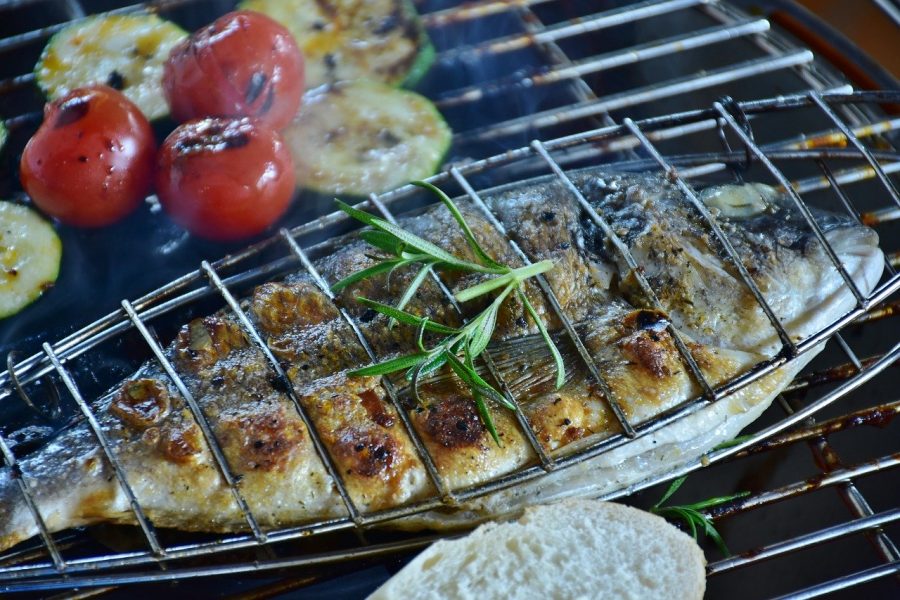
Fish and seafood are an increasingly popular commercial food option in the UK. Commercial kitchens are capitalising on this by producing delectable meals made of fish and other assorted seafood.
Promoting these selections and delicacies makes great business sense: not only are they tasty and good for you but also fit in with many peoples typical New Year resolution of eating healthy.
While fish seems like a great idea for a commercial kitchen, keep in mind that fish can go bad easily when not stored correctly. This can cause a lot of problems if not properly taken care of. Therefore, it is vital to make sure that your fish are stored under optimum conditions to remain fresh and guarantee that your seafood menu is a success.
Before getting into fish storage it is important to first understand what kind of fish would do great in a commercial kitchen in the UK.
Accessible fishes in the UK
There are a number of fishes that are easily accessible to the UK. These have been prepared in a commercial kitchen for years and continue to feed the UK population. They include:
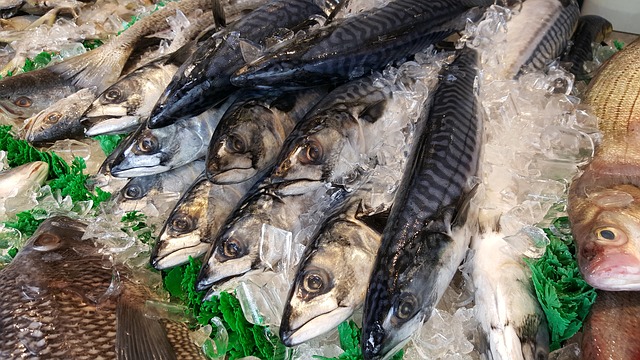
Cod - Cod is the most popular fish served in the UK. It is likely that most people have tasted cod at one time or another. Cod contains plenty of minerals, lean proteins and vitamins making it a nutritious and delicious meal. While it is not as fatty, cod is still a healthy food that can be used to make delicious meals.
Haddock - Haddock is yet another popular fish that is available all year round for commercial kitchen owners. It comes with great nutritional value and can be sold fresh, canned, smoked, frozen or dried.
Herring - Also known as the Atlantic Herring, this is a popular fish in British waters. It contains great nutritional value and can be made into more than five dishes including Rollmops, Soused and Bloaters.
Mackerel - A popular fish in Britain, mackerel provides many nutritional benefits to the consumer. A mackerel fillet contains minerals and vitamins that are essential to human health. Mackerel is popularly prepared through baking, grilling, barbecuing and pan-frying.
The classics such as cod and haddock are commonplace. Other fishes you can consider in your commercial kitchen include Bass, Black Bream, Turbot and Brill, Plaice, Pollack and Rays.
Consider encouraging more sales of oily fish such as herring and mackerel. Oily fish is especially important in different diets because they contain Omega 3. Additionally, these are fish caught by UK fishermen.
Therefore, adding a fish-themed menu in your commercial food establishment will not only add something different to the norm on your fish menu but will also help with sustainability and support for UK fishermen and the industry on the run-up to and post-Brexit.
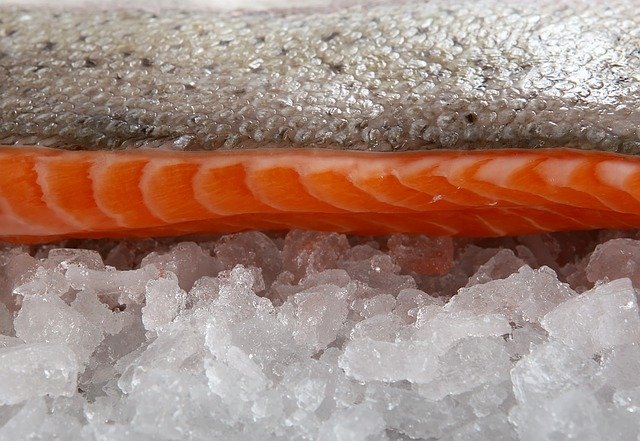
Fish Preservation
With fish gaining in popularity it’s vital that you have ample stock to meet demand however there is a fine line to tread. Fish is always best enjoyed fresh and so ordering inventory can potentially pose a problem. Not enough stock and your customers are left disappointed, too much and these delicate products run the risk of losing freshness as they’re left until the next day or even the day after. To guarantee premium freshness, it’s vital to preserve and store your fish in peak condition.
Fish and seafood preservation have been carried out for hundreds of years, giving rise to numerous methods of storage. However, in a commercial kitchen, using cold temperatures of 4C or lower is the best and most efficient method.
There are a number of ways to ensure that the fish in your commercial food establishment is properly stored for your benefit and that of your customers.
- Finfish which entail fish with bones or cartilage should be stored in a refrigerator and used within 1-2 days of purchase. Maintain cold temperatures of less than 4C at all times. If the fish will last for more than 2 days, seal it in a moisture-proof container and freeze it.
- Shellfish such as oysters and clams require proper preservation as well. You can do this by putting them in a dry and shallow pan and then covering them with moistened paper towels before putting them in the fridge.
Fish Preservation Equipment
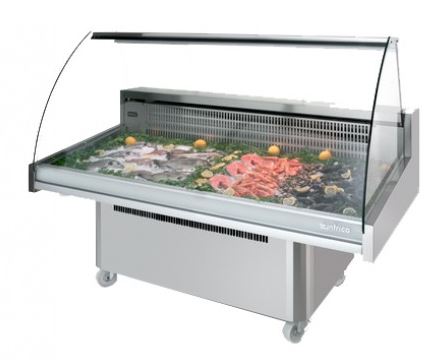
Serve-over counters
Fish serve over counters work well when displaying fresh fish. They are designed to allow the customer to view the fish on a bed of ice without having to compromise on the optimum temperatures required to keep it fresh.
Serve-over counters are only meant for display purposes and should not be used as overnight or long-term storage. You should refrigerate your stock after hours in a fish keeper cabinet.
Fish Keepers
Refrigerated fish keepers are specially designed to preserve fish without leaving it dry. Fish keepers will typically provide temperatures ranging from -2C to 2C and come with different configurations depending on the layout of your kitchen.
Blast Chillers
These provide rapid freezing options for fish in a process called raw fish sanitisation. Raw fish sanitisation is carried out on fish that is eaten raw. Sanitisation takes place using high performing blast chillers to destroy any traces of parasites such as the anisakis parasite.
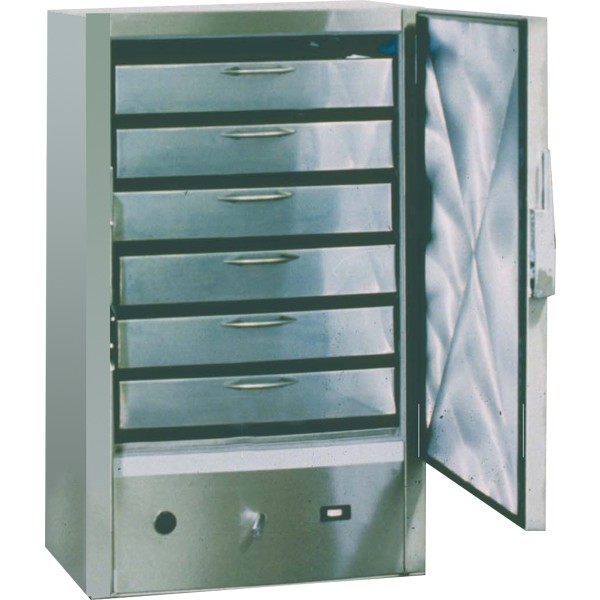
The parasite is known to be harmful to human beings upon ingestion. Blast chilling brings the core temperature of the fish to -20C thus ensuring that it is safe for consumption.
Freezing
Freezing fish is carried out when the fish is to be used over a long period of time. Most fresh fish and seafood have a shelf life of 1-2 days. Freezing is carried out to increase this shelf-life.
Freezing should be carried out with care to prevent freezer burn or spoiling. Make sure to clean and vacuum seal your fish in airtight containers or alternatively use a vacuum sealer.
If you cannot get a vacuum sealer, use water in a process called glazing. That is, dipping fish in water and placing it in the freeze. Let the water freeze and crystallise. Repeat the process until the fish is covered in ¼ inch thick ice before storing it in a freezer.
There are many benefits to having a fish or seafood themed menu. The trick is in making sure that you serve your customers safe and quality meals by ensuring that you exercise good preservation methods for your stock.

Leave a Comment
Your email address will not be published. Required fields are marked *